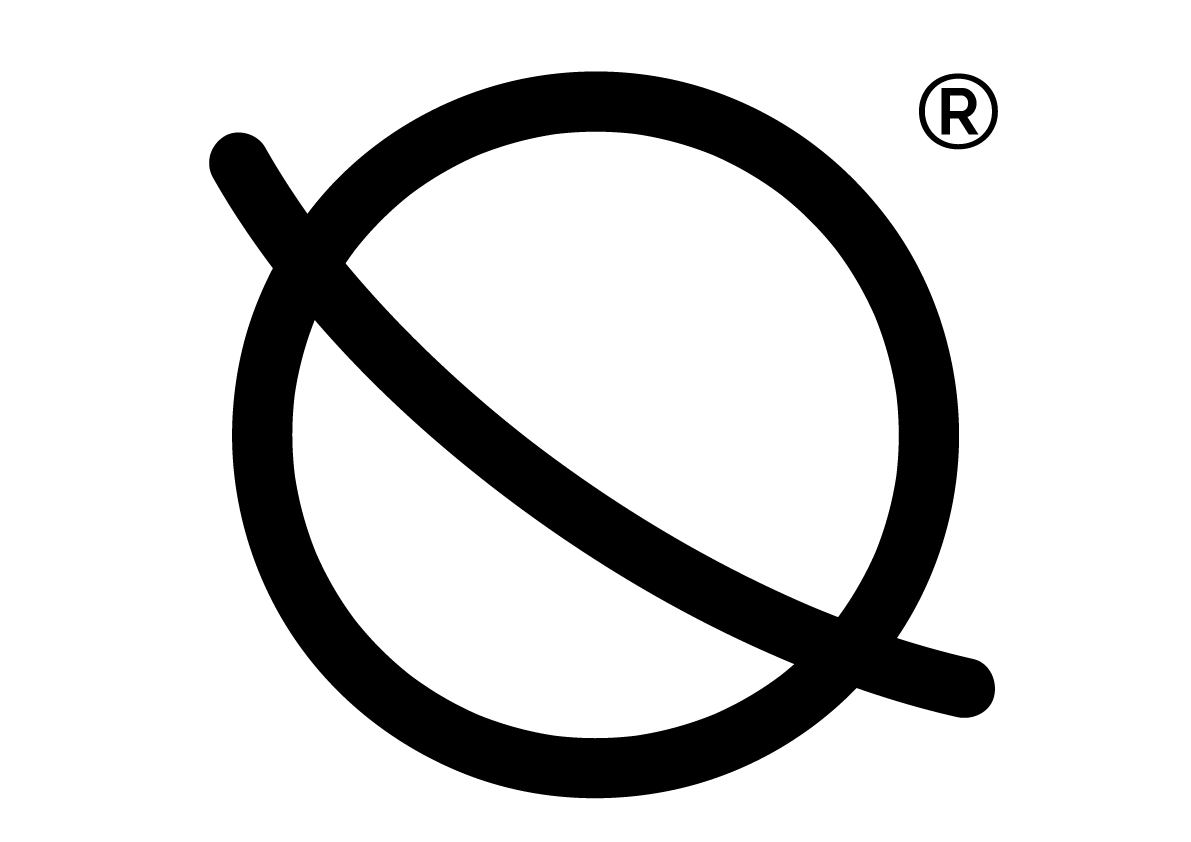Take A Breath
Without getting too hippy on you, as I have to say that’s not my personal yoga style, I do want to give you an insight into the importance of breathing.
It’s simple…right? It’s just breathing, we do it every day! And yet, it’s something we can so often take for granted, so much so that we don’t even do it properly. With the world in a constant state of turmoil and the only known being the unknown, I wanted to share with you five breathing techniques (pranayama) to help you find some calmness in your day to day life.
You don’t need to be a seasoned yogi, or own incense sticks, it’s all about taking some time for yourself and focusing on your breath. If you do suffer from any medical breathing conditions, such as asthma, you may wish to consult your GP before you try any breathing techniques. It’s also best to be seated when practicing pranayama, as you may feel a little dizzy for the first time, breathing so deeply.
1. Yogic Breath
How deeply have you breathed today? Think about it. If you’re honest with yourself you probably haven’t taken a beautiful, proper breath all day. So right now, yes, go on right now, take a seat, roll your shoulders back and put your hands on your tummy. Now take in a deep, slow breath, in through the nose and feel your tummy expanding to its maximum. Only when you have reached that point should you exhale through the nose, again slowly. And again…a deep breath in through the nose, slowly, filling the lungs up all the way to the top, and release gently. Once you have the hang of it, allow your eyes to softly close. To begin with just do 10 of these breaths and every day maybe do a couple more. Notice how much calmer and less anxious you feel afterwards.
2. Brahmari – Bumble bee breath
One of my favourites, as it can feel a bit childish and like proper escapism! Again, find yourself a comfortable seated position, rolling the shoulders back, heart forwards. Place your fingers gently in your ears (or hands placed over the ears if you prefer) and take a deep breath in through the nose, just like you did in the yogic breath. As you exhale, keep your mouth closed and hum for the duration of the exhale. The sound vibrations are really calming, relieve tension and also help literally block out any distractions (both physical and mental) around you. Repeat as many times as you like, I tend to start with 10 as it’s a nice round number. If your mind starts to wander, don’t worry, that’s natural. Just start again from 10 and close your eyes if you can.
3. Sitali – Cooling breathing
This pranayama technique is one of my favourites and especially good when the weather is hot, or you are feeling flustered, as it does exactly what it says on the tin! It’s great if you can roll your tongue, but no worries if you can’t, just bring the tip of your tongue to rest behind your top front teeth. In a seated position, as you take a deep, full breath in, have your mouth open and tongue rolled (or tongue to top teeth). As you exhale, close your mouth and breath out through your nose. Again, repeat for at least 10 breaths and allow your eyes to close, as this helps you relax further. Meanwhile, the air as you breathe in feels cool on your tongue, helping to cool you and calm you.
4. Nadi Shodhana – Alternate Nostril Breath
This is all about slowing down the breath. Seated, bring your index finger to your third eye (the space between your eyebrows) and let it rest there. Bring your thumb to hover above one nostril and your middle finger to hover above the other. Place your thumb on your nose, restricting the air into that nostril and take a deep breath in through the open nostril. Close that nostril with the middle finger and release the breath through the alternate nostril (that the thumb was closing). Now take a deep breath through the same side, place the thumb over the nose and release through the other nostril (that the middle finger was closing). Again, repeat for at least 10 deep breaths.
5. Ujjayi – Victorious breath
Also known as ocean breath, this is a really deep pranayama technique. Once you are seated, bring your palm up in front of your mouth (as though you are looking in a hand held mirror). Take a deep, slow breath in through the nose. As you exhale, for this first time, open your mouth and imagine you are trying to mist up that mirror (your palm) in front of you. Can you hear that almost ocean like sound at the back of your throat? Repeat that lovely inhale in through the nose and this time, you can lower your hand and as you exhale, keep your lips together, but still imagine you are trying to mist up a mirror and you can feel the breath at the back of your throat. Again, repeat for at least 10 breaths and close your eyes if you can.
Not all these pranayama techniques will suit you. You may love some of them, where others may just not sparkle with you! It’s all about listening to your body and your mind and helping find a moment of calm and stillness. Namaste.
Kate Ruberry-Shoemack normally teaches yoga classes in Frome and Boyton and currently is holding classes online on Wednesday evenings (7pm) and Saturday mornings (8am). Follow @all_about_the_om on Instagram to find out more or visit allabouttheom.yoga.






